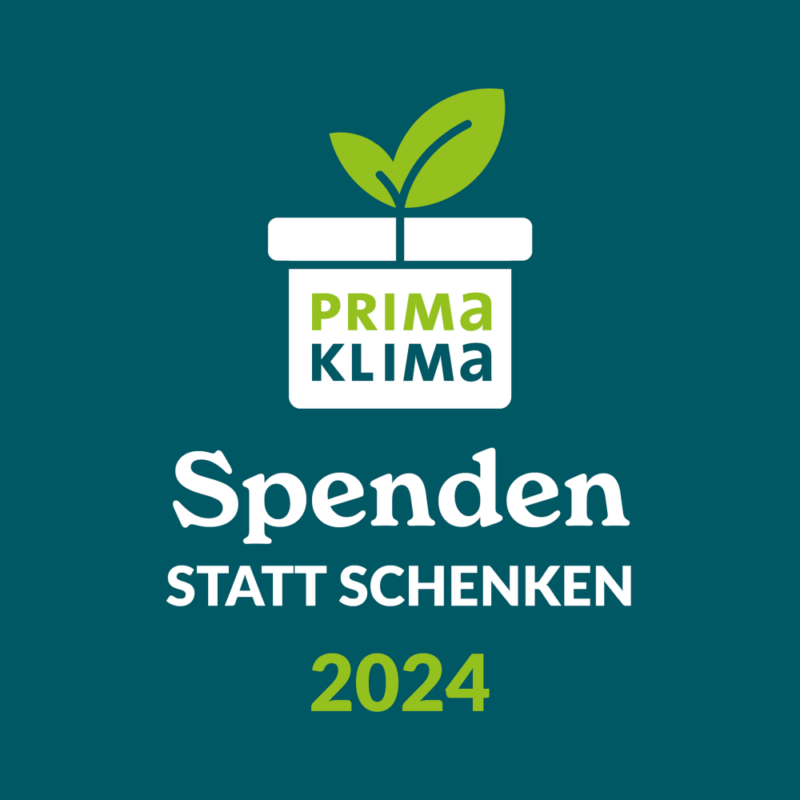As a founding member and service provider member of the openKONSEQUENZ cooperative, PTA IT-Beratung GmbH, headquartered in Mannheim and with offices in Stuttgart and Kassel, among other places, is playing a key role in the development of the new low-voltage cockpit (NSC). In 2022, openKONSEQUENZ already focused on such a project due to regulatory changes. This was prompted by the Federal Network Agency’s key issues paper on the revision of Section 14a of the Energy Industry Act (EnWG). Until now, this network level has often been operated “blind” due to a lack of digitalization. With a low-voltage cockpit, this grid will be better monitored, regulated and protected against cyberattacks in future.
The green light has been given for the digitalization of low-voltage grids
The cooperative and its members have now decided to jointly invest in the development of a low-voltage cockpit. The cooperation thus sets an important milestone on the way to implementing a pioneering energy transition. The PTA experts are developing the new low-voltage cockpit together with other service provider members. The digital cockpit aims to make the existing low-voltage grids in Germany more transparent in order to identify bottlenecks at an early stage and be able to act in accordance with Section 14a of the Energy Industry Act.
The aim of openKONSEQUENZ is to create a flexible, open system that meets the requirements of network operators and is available to the industry as an open source solution. Back in 2022, the cooperation launched a preliminary project that reconciled the different requirements of the network operators involved in openKONSEQUENZ. On this basis, the project partners drew up an initial rough concept for the low-voltage concept. This preliminary project was completed in May 2024 so that the implementation project could start in June 2024.
The key data and advantages of the new low-voltage cockpit
The new low-voltage cockpit from openKONSEQUENZ is a software platform that is being developed to meet the challenges of the energy transition and ensure a stable power supply in the existing low-voltage grids in line with the new version of Section 14a of the German Energy Industry Act (EnWG). With the use of the NSC, low-voltage grids can be fully digitized in the future. In the first version, which should be ready by the end of 2024, the NSC will be able to record, process and visualize values from various measuring systems. In the following version, the NSC also offers the functionality to regulate controllable consumption devices in order to avoid bottlenecks in the grid in advance and thus meet the legal requirements.
Big advantage of the open source approach: many systems can be integrated
Thanks to the cooperative approach of openKONSEQUENZ, the low-voltage cockpit can be used cost-effectively by all distribution system operators, integrated and “quickly” adapted to future requirements. High software quality is guaranteed at all times thanks to the underlying development processes.
“The open modular low-voltage cockpit developed by the consortium makes a crucial contribution to overcoming the central challenge of the energy transition. In the course of the digitalization of low-voltage grids, renewable energies and new consumption devices can be integrated in a plannable and secure manner in the future,” says Dr. Michel Alessandrini, branch manager and responsible for openKONSEQUENZ at PTA IT-Beratung. “With the development of the new NSC, we are creating the necessary transparency in the grids. Bottlenecks can be identified at an early stage and network expansion can be optimized in line with actual demand.”
Further information can be found on the openKONSEQUENZ website.





